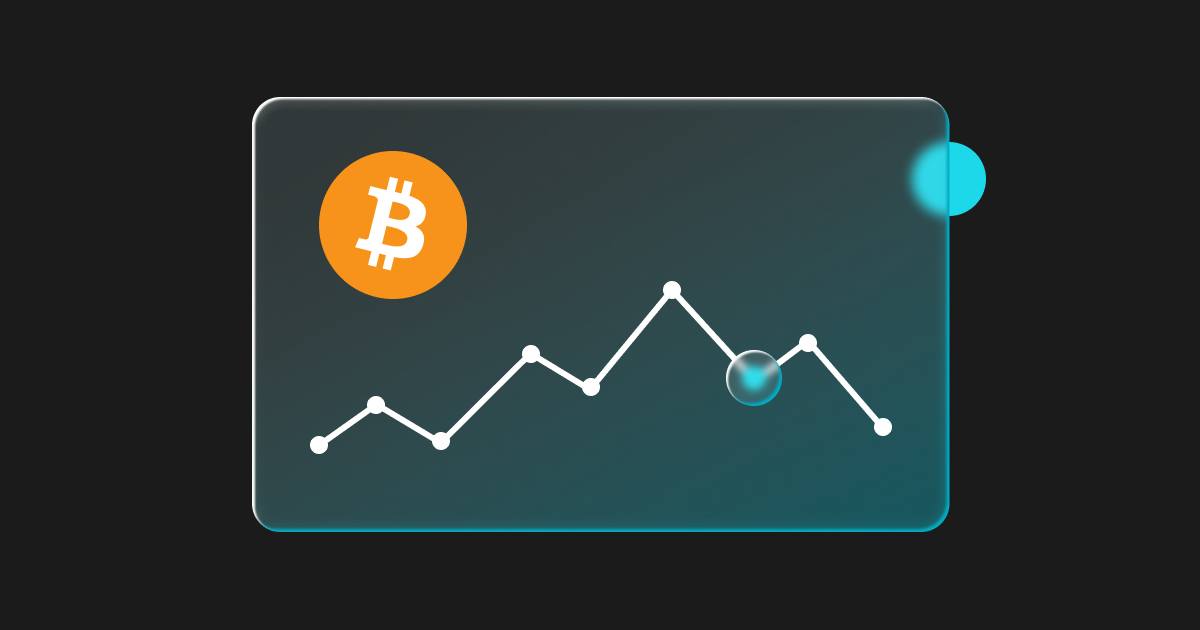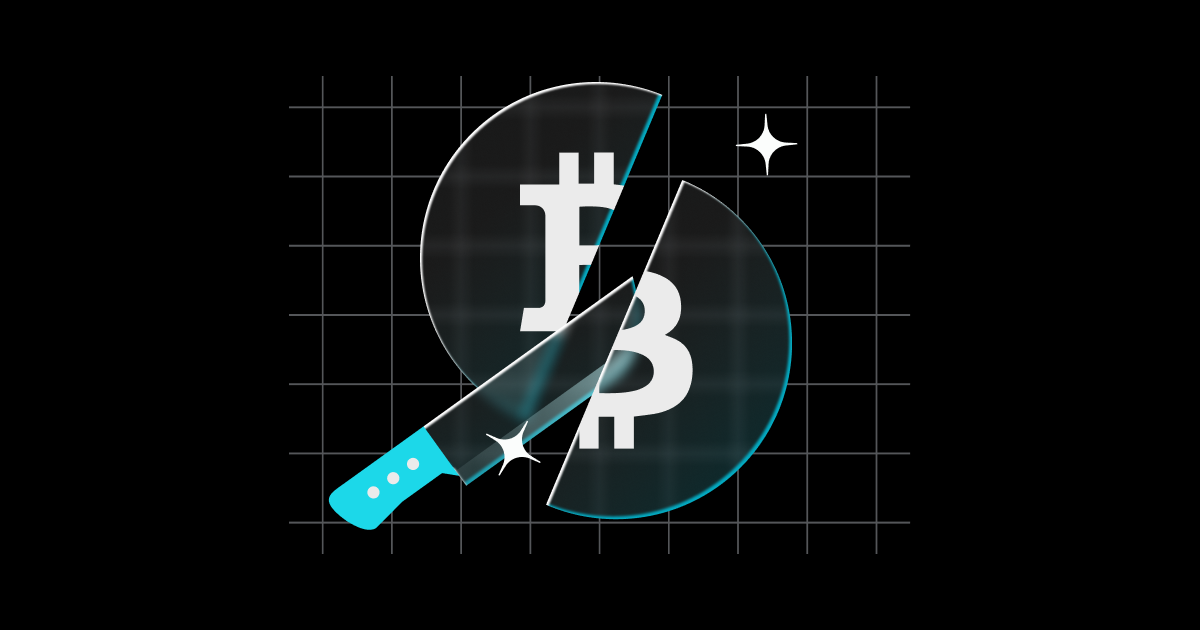Bitcoin vs. Gold: The Ultimate Asset Battle for the Next Decade
For centuries, gold has been the world’s go-to store of value - a symbol of stability in uncertain times. But now, Bitcoin, often referred to as “digital gold,” is challenging that status. As of May 2025, both assets are at historic highs: Bitcoin is trading between $100,000 and $110,000, while gold has climbed past $3,300 per ounce. With inflation fears, geopolitical instability, and rising institutional interest, the comparison has never been more relevant.
So, which one is better suited for the decade ahead? This article breaks down the battle across key factors: price trends, market size, volatility, institutional adoption, macroeconomics, long-term returns, and regulation. Whether you're a crypto enthusiast, gold loyalist, or cautious investor, the insights ahead will help you decide where value truly lies in the years to come.
Current Prices and Market Capitalization
Bitcoin (BTC) Price
Source: CoinMarketCap
Bitcoin ’s recent bull run has been nothing short of explosive. In May 2025, it surged to a new all-time high of $111,875 before settling around $108,000 by month’s end. With a circulating supply of about 19.87 million coins, Bitcoin’s total market capitalization stands between $2.1 and $2.2 trillion.
Gold Price
Source: tradingeconomics
Gold, meanwhile, is also trading at historic levels, around $3,300 per ounce. With approximately 208,874 tonnes of gold above ground, its total market value is estimated at a massive $20 to $22 trillion. Despite Bitcoin’s remarkable ascent, it remains just a fraction of gold’s scale in absolute terms. Still, the momentum tells a different story: Bitcoin has gained roughly 30–35% year-to-date, while gold’s increase has been a more modest 5–10%. It’s a classic case of a high-growth challenger versus an established giant.
Volatility and Risk: Thrill Ride or Stability Play?
Bitcoin Realized Volatility Narrows vs. Gold
Source: NYDIG
When it comes to volatility, Bitcoin and gold couldn’t be more different. As of Q1 2025, Bitcoin’s annualized volatility clocks in at around 52.2%, making it one of the most unpredictable major assets. Gold, in contrast, remains much steadier, with volatility holding around 15.5%. A look back to April 2024 shows the same pattern: Bitcoin near 47%, gold around 12%.
What this means is clear: Bitcoin is built for big moves. It can rise, or fall, by double-digit percentages in a single day. Gold, on the other hand, offers gradual, stable shifts, often moving in small increments. For investors, it’s a question of temperament: do you crave the adrenaline of fast-paced crypto markets, or do you prefer the measured calm of a time-tested safe haven?
Institutional Adoption and Sentiment: From Vaults to Blockchains
Both Bitcoin and gold have captured the attention of major players, but in very different ways.
In 2024, Bitcoin entered a new era of legitimacy when the U.S. SEC approved 11 spot Bitcoin ETFs, unlocking access for institutional and retail investors alike. Since then, billions have flowed into these funds, with giants like BlackRock, Fidelity, and ARK Invest leading the charge. Even Bitcoin ETF options are now available, offering deeper market engagement. Corporate treasuries are joining too: MicroStrategy holds over 580,000 BTC, and firms like Japan’s Metaplanet are steadily increasing their crypto reserves.
Meanwhile, gold maintains its stronghold among central banks. In 2023 alone, they acquired over 1,000 tonnes, with nearly 29% planning to expand their holdings in 2025. Bitcoin is starting to gain traction on that front: in early 2025, the Czech National Bank revealed it was considering allocating 5% of its €140 billion reserve to Bitcoin, potentially making it the first Western central bank to do so.
The sentiment shift is generational. Younger investors overwhelmingly favor Bitcoin, viewing it as the future of value preservation. Polls show growing public support for integrating Bitcoin into national reserves, and capital flows are reflecting that mindset. Since late April 2025, gold ETFs have seen outflows, while Bitcoin ETFs continue to attract fresh investment. The tide is turning, but gold’s legacy still holds strong in traditional finance.
Macroeconomic Context: Inflation, Interest Rates, and Instability
The broader economic backdrop is shaping both Bitcoin and gold as go-to assets for uncertain times. In the U.S., inflation has cooled but remains sticky: April 2025’s CPI sits at 2.3%, just above the Fed’s 2% target. Meanwhile, interest rates remain elevated at 4.25–4.50%, creating pressure across traditional financial markets. Gold has responded with a 38% year-over-year gain, while Bitcoin has surged even higher, capitalizing on its narrative as a hedge against fiat currency devaluation.
Geopolitical tension further fuels the appeal of both assets. From trade disputes to armed conflicts in Europe and the Middle East, uncertainty is everywhere. Gold thrives in times of crisis; it’s a reliable safe haven with centuries of trust. But Bitcoin is evolving fast. Increasingly, investors see it as a “digital crisis hedge,” with capital rotating out of gold ETFs and into Bitcoin vehicles as global risk appetite shifts.
In a world where economic certainty is in short supply, both Bitcoin and gold offer an escape. One provides history and stability. The other offers scarcity and speed. Both are reacting to the same signals, but with different strengths.
10-Year Performance: A Decade of Divergence
Looking back from 2015 to 2025 reveals just how differently Bitcoin and gold have performed. Bitcoin has skyrocketed from around $314 in early 2015 to over $108,000 in May 2025, a jaw-dropping 340× return. Along the way, it endured multiple booms and busts: the 2017 rally, the 2018 crash, the COVID-era bull market, and its latest surge post-ETF approval.
Gold, by comparison, moved from about $1,060 to $3,300 per ounce over the same period, a respectable 3× return, but modest next to Bitcoin’s explosive growth. Gold’s trajectory was steady and stable, with most gains coming during periods of inflation or geopolitical fear, especially between 2019–2020 and again in 2024–2025.
Even when adjusted for inflation (roughly 30% over the decade), both assets preserved purchasing power. But the difference in upside potential is striking: $1 in gold became $3, while $1 in Bitcoin became $340. The trade-off? Bitcoin delivered massive gains, but demanded iron stomachs along the way. Gold delivered calm and consistency, but not the same wealth acceleration.
Regulatory Outlook: Evolving Code vs. Established Rules
When it comes to regulation, gold operates in a well-established framework. It’s governed by clear commodity laws, with consistent global practices around storage, trade, and taxation. Investors know the playbook, and surprises are rare.
Bitcoin, on the other hand, is still writing its rulebook. The approval of spot Bitcoin ETFs in early 2024 was a major milestone, opening the door for institutional capital and adding credibility to the asset. Since then, discussions have accelerated around broader crypto regulation. In the U.S., lawmakers are exploring national crypto reserve policies and clearer tax frameworks. The EU is moving forward with MiCA (Markets in Crypto-Assets) regulations to bring more transparency and compliance across the bloc.
Still, uncertainty lingers. Unlike gold, Bitcoin is subject to evolving interpretations, potential crackdowns, and jurisdictional differences. While regulation could continue to legitimize Bitcoin and expand access, it also presents risks. A single policy shift can shake markets, for better or worse. For now, gold offers stability in governance, while Bitcoin offers upside in progress, but not without a few legal growing pains.
Accessibility and Liquidity: 24/7 Freedom vs. Traditional Strength
Bitcoin redefines accessibility. It trades 24/7, across global exchanges, with low barriers to entry. Whether you're investing $10 or $10 million, Bitcoin is just a few clicks away, anytime, anywhere. Wallets, apps, and platforms make it easy to buy, store, and transfer value, instantly and digitally.
Gold, while highly liquid, is bound by tradition. Physical gold requires storage, insurance, and trusted dealers. Even gold ETFs and futures operate within regular market hours. While the gold market is deep and efficient, boasting daily trade volumes in the billions; it’s not built for the on-demand, borderless world the way Bitcoin is.
Both assets are highly liquid, but they serve different investor profiles. Bitcoin appeals to a new generation looking for speed, flexibility, and control. Gold continues to anchor portfolios that prioritize trust, infrastructure, and regulatory clarity.
Conclusion
Gold remains the timeless symbol of wealth: stable, trusted, and backed by centuries of history. It thrives in crisis, anchors institutional portfolios, and offers steady protection against inflation and uncertainty. Bitcoin, on the other hand, is the high-growth upstart: volatile, transformative, and rapidly gaining institutional credibility. Its returns have outpaced nearly every other asset over the past decade, but they’ve come with wild swings and regulatory unknowns.
The smart move for the decade ahead might not be choosing one or the other, but understanding what each brings to the table. Gold offers resilience; Bitcoin offers possibility. Together, they could form a new kind of diversified defense: one rooted in both tradition and innovation. As inflation, politics, and technology continue to reshape global finance, the real question isn't just "which asset is better," but rather: how much of each do you want to hold when the next storm hits?
Register now and explore the wonderful crypto world at Bitget!
Disclaimer: The opinions expressed in this article are for informational purposes only. This article does not constitute an endorsement of any of the products and services discussed or investment, financial, or trading advice. Qualified professionals should be consulted prior to making financial decisions.






































